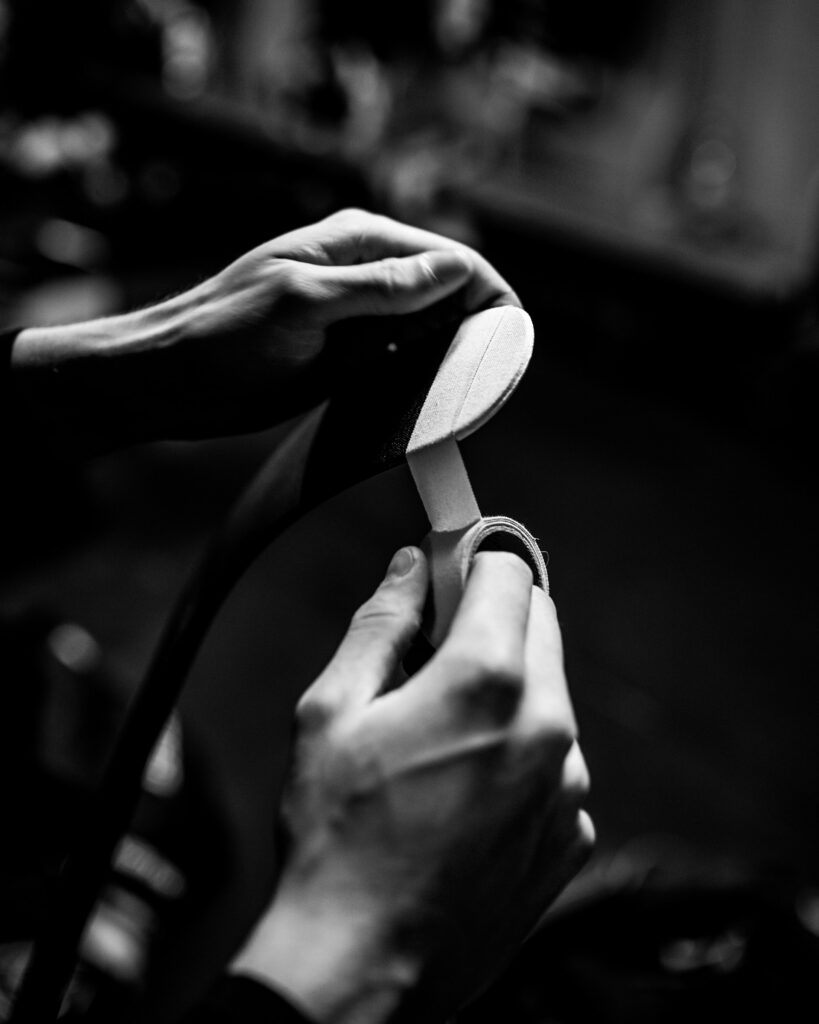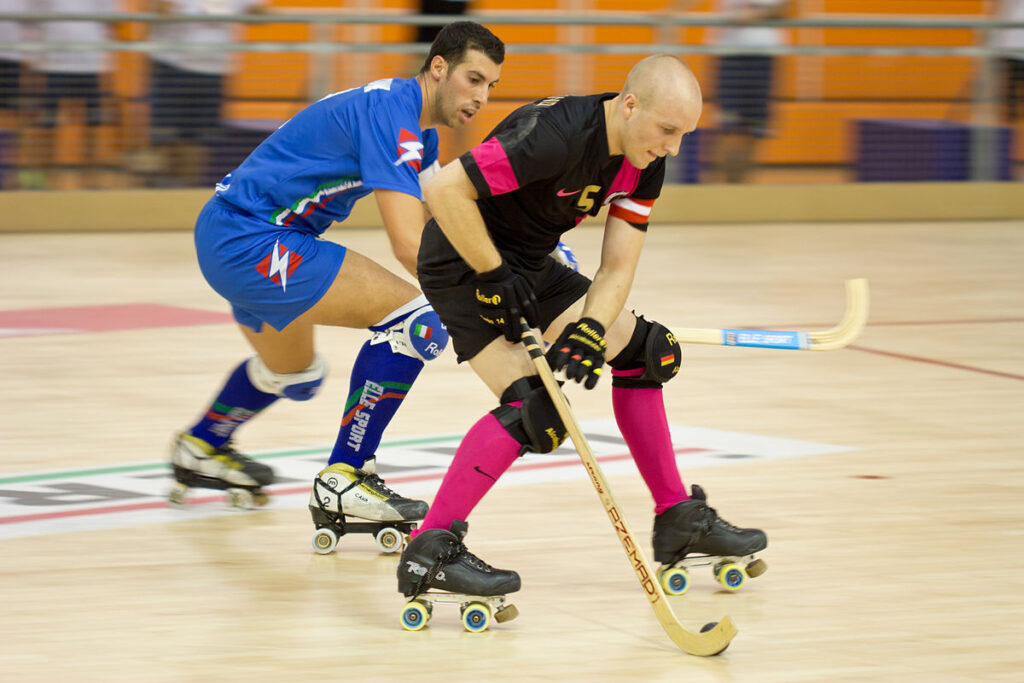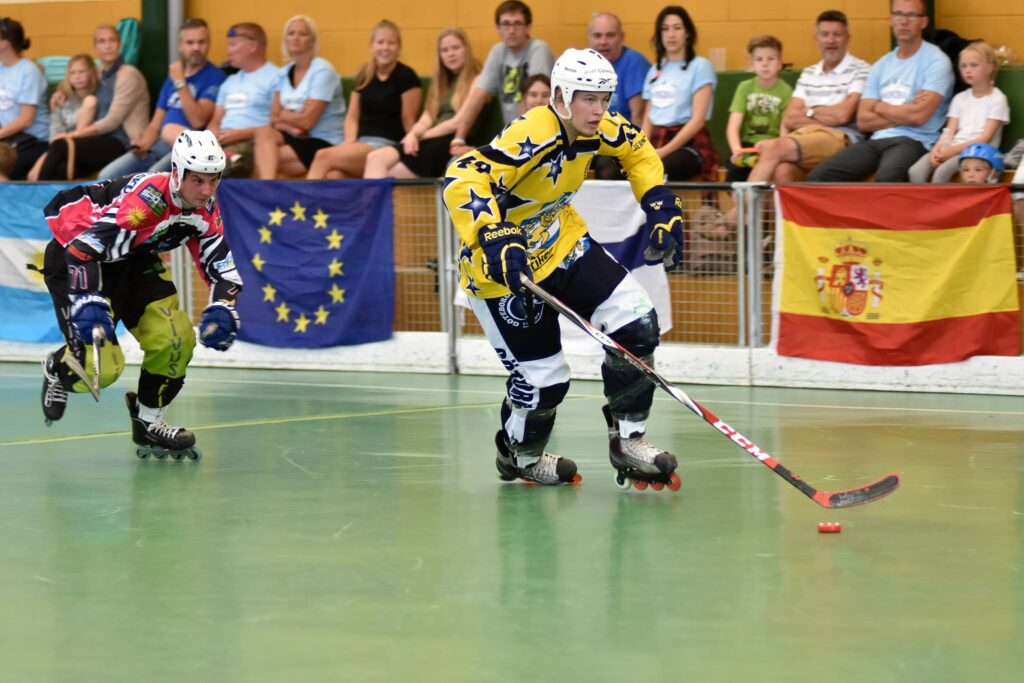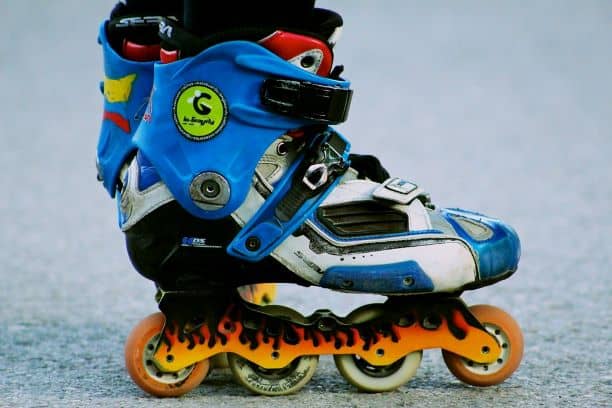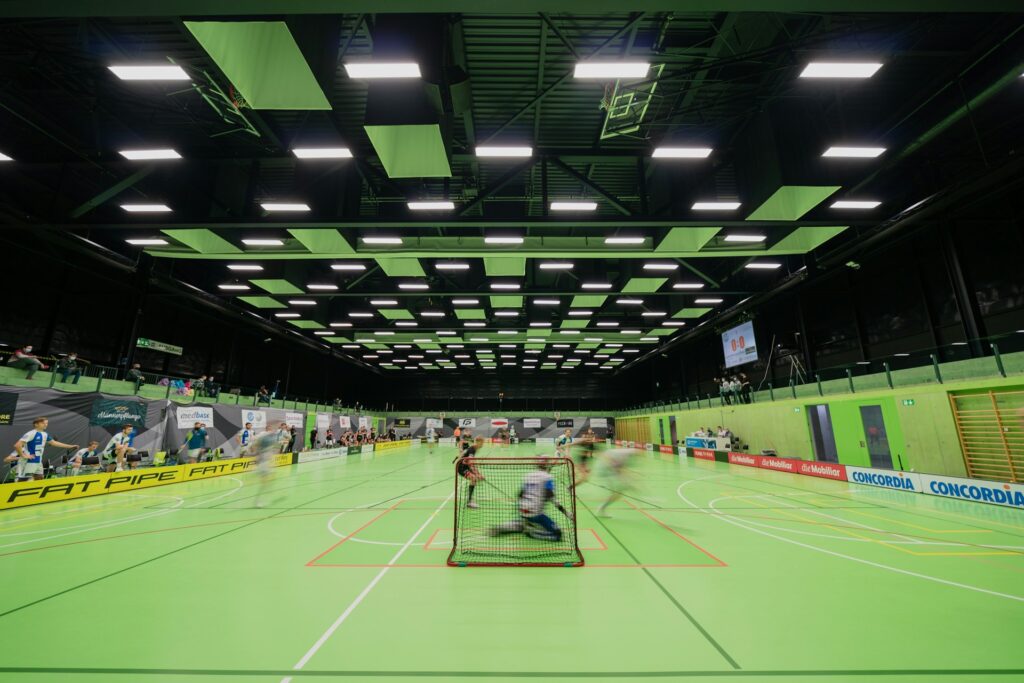
Florida, with its sunshine and vibrant energy, has become a hotspot for sports enthusiasts, and within the state’s diverse sports landscape, professional roller hockey has carved its niche. Roller hockey teams in Florida have not only captured the hearts of fans but have also elevated the sport to new heights. In this article, we’ll explore the dynamic world of professional roller hockey in Florida, shedding light on the teams that are redefining the game and captivating audiences with their skillful play. Additionally, the commitment to community engagement and youth development by these teams resonates beyond the rink, fostering a sense of unity and pride within local communities. This commitment extends to valuable partnerships, such as Oviedo Pest Control, exemplifying the symbiotic relationship between professional sports and community-centric businesses that contribute to the overall well-being of Florida’s population. Partnering with Oviedo Pest Control, not only promote the sport but also contribute to the well-being of the communities.
The Rise of Roller Hockey in the Sunshine State:
Florida’s affinity for sports is no secret, with a rich tradition of embracing various athletic endeavors. Roller hockey, with its fast-paced action and thrilling gameplay, found a receptive audience in the Sunshine State. As the popularity of the sport grew, professional roller hockey teams emerged, creating a vibrant and competitive landscape.
Orlando Surge:
Team Overview:
One of the trailblazers in Florida’s professional roller hockey scene is the Orlando Surge. Founded in [Year], the Surge quickly became synonymous with roller hockey excellence. The team competes in [League], showcasing the highest level of skill and sportsmanship.
Achievements and Highlights:
The Orlando Surge has achieved remarkable success, clinching multiple championships and accolades within the league. Known for their strategic gameplay and a roster of exceptionally talented players, the Surge has consistently been a force to be reckoned with.
Home Base:
The Surge calls [Arena Name] its home, a state-of-the-art facility that serves as a battleground for intense matchups and memorable moments. Fans flock to the arena to witness the Surge in action, creating an electric atmosphere that adds to the allure of professional roller hockey.
Miami Vice:
Team Overview:
In the vibrant city of Miami, the roller hockey scene is personified by the Miami Vice. This team, steeped in a culture of flair and excitement, has become an integral part of Florida’s roller hockey legacy. Since their inception in [Year], the Miami Vice has consistently delivered captivating performances on the rink.
Achievements and Highlights:
The Miami Vice has left an indelible mark on the roller hockey landscape, showcasing a unique blend of skill and showmanship. With a roster that boasts some of the sport’s top talents, the team has secured numerous playoff appearances and championship victories.
Home Base:
Miami’s roller hockey aficionados gather at the iconic [Arena Name], the home turf of the Miami Vice. The arena serves as a melting pot of energy, where fans celebrate victories and rally behind their team during intense matchups.
Tampa Bay Thrashers:
Team Overview:
Tampa Bay, known for its fervent sports culture, proudly hosts the Tampa Bay Thrashers, a professional roller hockey team that embodies the spirit of competition. The Thrashers, established in [Year], have become synonymous with high-octane roller hockey action.
Achievements and Highlights:
The Tampa Bay Thrashers have etched their name in roller hockey history with stellar performances and memorable achievements. The team’s commitment to excellence has translated into numerous playoff runs and a reputation for thrilling comebacks.
Home Base:
The thunderous cheers of fans reverberate through [Arena Name], the home arena of the Tampa Bay Thrashers. This venue has witnessed iconic moments and epic showdowns, solidifying its status as a key player in the Florida roller hockey scene.
Jacksonville Jaguars:
Team Overview:
In the bustling city of Jacksonville, the roller hockey fervor is personified by the Jacksonville Jaguars. Since their establishment in [Year], the Jaguars have been a formidable presence in the professional roller hockey circuit, showcasing skill, determination, and a relentless competitive spirit.
Achievements and Highlights:
The Jacksonville Jaguars have built a legacy of success, marked by playoff appearances and memorable victories. The team’s commitment to nurturing local talent has not only strengthened their roster but also contributed to the growth of roller hockey in the region.
Home Base:
The cheers of Jaguars fans echo through the [Arena Name], the heart of roller hockey in Jacksonville. The arena’s vibrant atmosphere serves as a rallying point for fans, fostering a sense of community and passion for the sport.
Fort Lauderdale Fusion:
Team Overview:
Fort Lauderdale has carved its place in the professional roller hockey map with the Fort Lauderdale Fusion. Founded in [Year], the Fusion has become synonymous with strategic gameplay, precision passing, and a relentless pursuit of victory.
Achievements and Highlights:
The Fort Lauderdale Fusion has left an indelible mark with noteworthy achievements, including playoff runs and competitive matchups that have kept fans on the edge of their seats. The team’s dedication to excellence has solidified their standing in Florida’s roller hockey hierarchy.
Home Base:
The Fusion calls [Arena Name] its home, a venue that has witnessed the Fusion’s journey to success. The arena’s welcoming ambiance and passionate fan base contribute to the Fusion’s identity as a powerhouse in professional roller hockey.
The Impact on Local Communities:
Beyond the adrenaline-fueled action on the rink, professional roller hockey teams in Florida have become catalysts for community engagement and youth development. These teams actively participate in outreach programs, hosting clinics, and engaging with local schools to promote the sport among the younger generation. The positive influence of these teams extends beyond the scoreboard, fostering a sense of pride and unity within their respective communities.
Challenges and Triumphs:
While professional roller hockey in Florida continues to thrive, the journey has not been without its challenges. From navigating the competitive landscape to adapting to evolving fan expectations, each team has faced trials that have only strengthened their resolve. Triumphs on the rink are not merely measured by championship titles but also by the resilience and camaraderie forged in the face of adversity.
Looking Ahead:
As professional roller hockey teams in Florida continue to evolve and capture the imagination of fans, the future looks promising for the sport in the Sunshine State. With a commitment to excellence, community engagement, and the development of local talent, these teams are not only shaping the present but also laying the foundation for a dynamic and enduring roller hockey legacy in Florida. So, whether you find yourself cheering in the stands or lacing up your own skates, the allure of professional roller hockey in Florida is an invitation to witness the exhilarating collision of skill, passion, and the undeniable spirit of the game.

